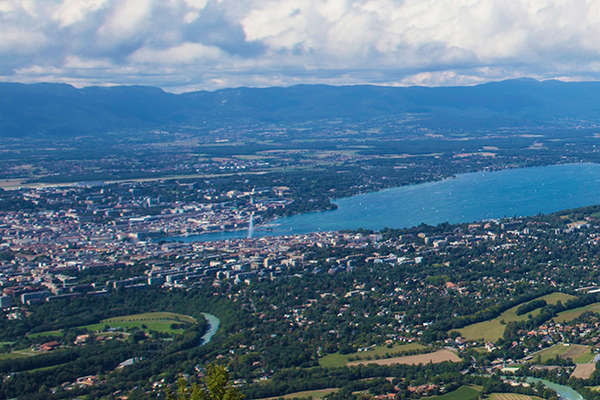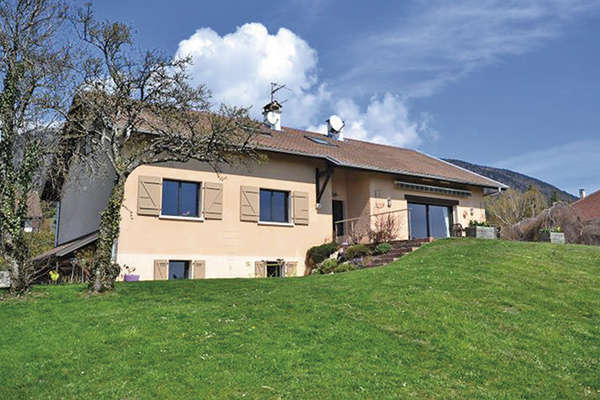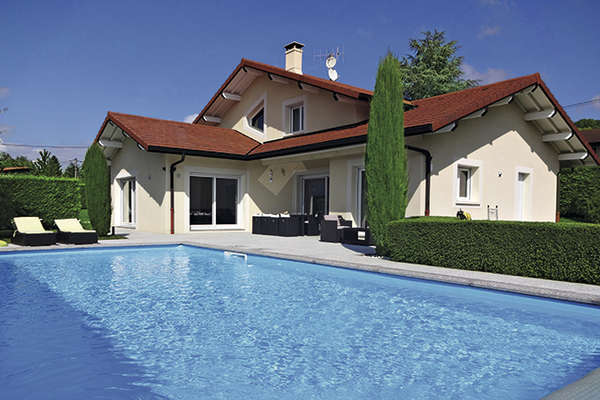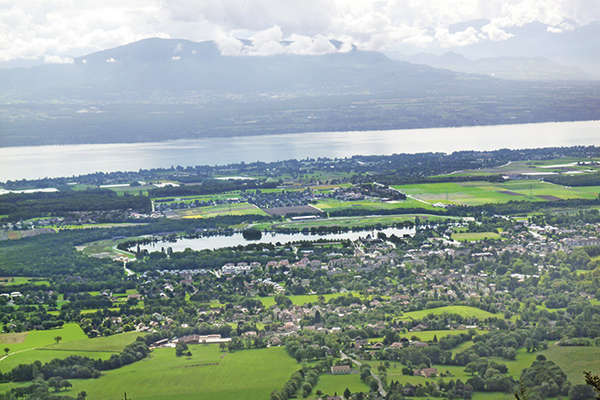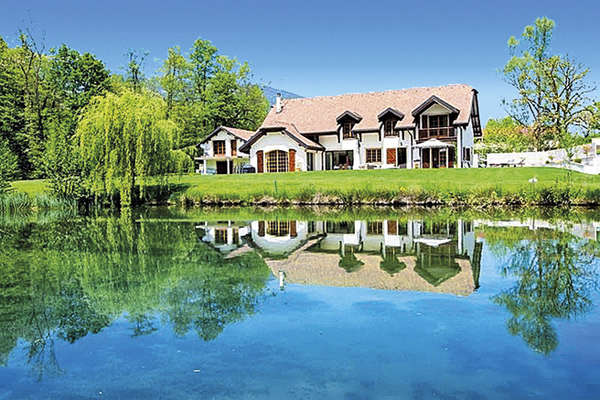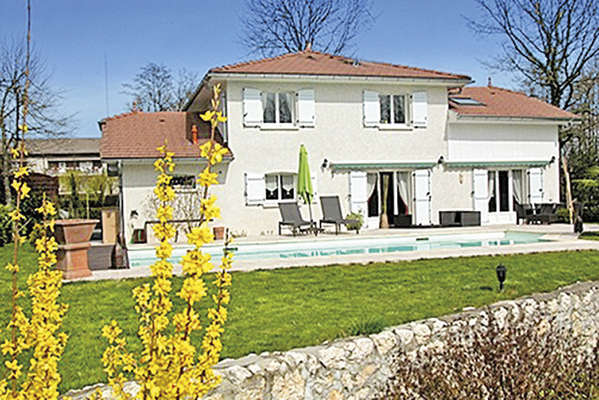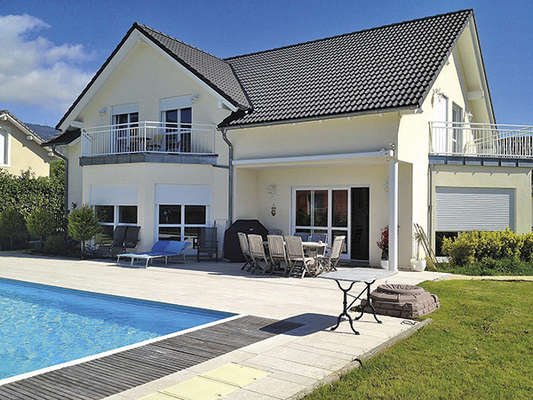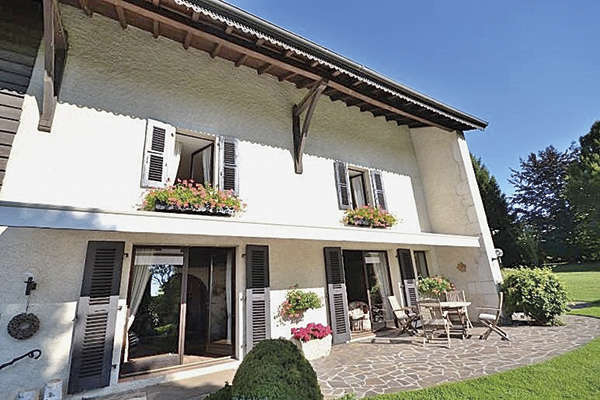Montélimar, gateway to Provence
By Laetitia Rossi - 10 June 2011
Situated in La Drôme, a 40-minute drive from Valence, 1 hour from Avignon, about 1 hour 30 minutes from Lyon, Marseille, Grenoble, Montpellier, the Alps and the Mediterranean, the world capital of nougat is home to 36,200 people, with its greater urban area, consisting of 15 addresses, hosting a further 70,000 residents.
Once belonging to the kingdom of Burgundy-Provence, Montélimar fell under the yoke of the Germanic Holy Roman Empire in 1032 A.D. At around the same time, the Adhémar de Monteil family was extending its influence : it built a castle and gave its name to the town. In 1449 A.D., this town in the Rhône Valley became part of Le Dauphiné. The ramparts were abandoned in the 19th century and the railway linked Montélimar to other destinations from 1854. Meanwhile, the town-hall and courthouse came into being, and the nougat industry began to take off. The 20th century saw the development of modern transport facilities : the A7 motorway, the canal running laterally to the Rhône and the hi-speed TGV train. Then came the boom in hydro-electric and nuclear energy. Finally, the town’s appeal in the eyes of tourists is undeniable : many see Montélimar as the gateway to the Drôme Provençal.
“The town centre only offers a very few new homes, despite growing demand on the part of senior citizens. New developments range from 2,400 to 3,000 €/m2. They only sell if they offer a very desirable location and excellent value for money,” says François Lopez of the agency Les Allées. Older properties, also in central neighbourhoods, range from 1,100 to 2,000 €/m2 depending on their appointments, condition and level of practicality. The market has begun to pick up, especially in the case of holiday homes and rental investments. Such an investment in Montélimar is capable of generating gross profitability of 7-8 %. Below the 200,000 € barrier, individual homes - ie. single-storey “pavillons” of 80-90 m2 with gardens of 200-350 m2 - are in demand. Up to 250,000 €, this mar-ket segment is still active, slightly less in the 250,000-400,000 € bracket, while houses costing 400,000 to 600,000 € are becoming scarce. The main advantage offered by Montélimar is a combination of a relatively rural setting and a good range of amenities. Its potential for progression with, for example, the planned opening of the TGV station in Allan, is certain. However, it currently strikes a fragile balance.
Serge Levêque of Orpi Agence Saint-James agrees with François Lopez : “Our activity is becoming more complicated and demands an increasingly professional approach, as well as top-notch, all-round service. While clients show a clear preference for properties ready to move in, they expect full assistance in the acquisition process, which is no longer limited to advice and information”. Investors pay 50,000-100,000 € for apartments of 30 to 70 m2, likely to bring from 350 to 600 €/month. But the vast majority of buyers, prepared to invest 180,000 to 300,000 €, are looking for year-round homes within the town or in the closest villages, where they benefit from larger and more private gardens for the same price. A building plot of 600 m2 on the east side of Montélimar costs 89,000 €. A similar plot over towards Bonlieu is worth 100 €/m2. The 30 % disparity sometimes makes all the difference.
Denis Allouche of Solis Immobilier specializes in the sale of properties of character, “a commodity of interest in the 500,000 to 850,000 € range”. A country “mas” of 200 m2 in need of restoration with grounds of 5,000 m2 costs 500,000 € ; the same needing just a lick of paint will fetch 650,000-700,000 €, whereas an authentic property treated to ultra contemporary decoration goes well beyond this level. The region around Montélimar benefits from the excellent image enjoyed by the Drôme Provençale among people from outside the area. Surrounded by fields of lavender and vines, Grignan with its well established touristic and cultural interest is a very popular address. Most of the buyers are French, from the Lyon-Paris corridor, though 20 % are foreigners : Swiss, with the advantage of their strong currency, and Belgians, with a deep attachment to the region, but also Britons, Germans and clients from Luxembourg. Their profile is pretty much the same as that of fans of the Luberon. Unlike the Regional Nature Park, however, Montélimar is lively year-round. In any event, buyers easily opt for either one or the other, or for the Alpilles. On the other hand, the Ardèche, even though close, does not meet their expectations.
